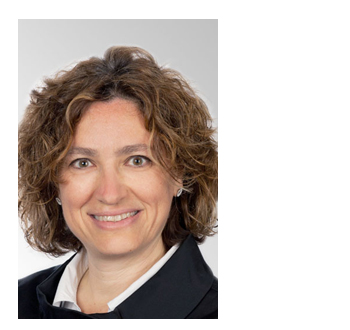Orthodontic Research Group
Of all medical specializations, it is orthodontics, which specifically uses the principles of biomechanics to obtain a treatment result the most. By applying mechanical stimuli to the teeth through braces and/or other orthodontic appliances adaptive modeling and remodeling signals are sent to the bone in the jaws, which by complying to the new mechanical environment changes shape and thus guides the teeth to their new positions. So, mechanical input (forces & moments) enters a “black box” on one side and on the other exits biological output (bone remodeling & tooth movement).
The ORG, with one leg at the University Center for Dental Medicine Basel (UZB) and the other at the DBE, is involved with projects on all levels of the above-mentioned chain of events. By studying the mechanical aspects of different materials used for orthodontic appliances (brackets, wires, etc.), the “input” side of the treatment is being assessed. On the other end of the chain is clinical research to study and improve understanding of the “output” side. But also the on-goings within the “black box” are subject to study, as finite element analyses (FEA) to study the load transfer from the appliance to the alveolar bone.
A trend in present-day orthodontics is to go for patient-specific treatment solutions and a prerequisite for this is to have the correct three-dimensional (3D) anatomical information of the patient’s head and mouth area. In recent years, new 3D-imaging techniques, both radiological (cone-beam computer tomography) and laser-based (3D-photography and intra-oral scanning), have been introduced in the orthodontic field. By combining the 3D-datasets from these techniques, multi-modality models with movable teeth can be created for treatment planning purposes; also in combination with maxillo-facial/orthognathic surgery. Part of the research of the ORG is directed towards the improvement of incorporating 3D models into the treatment work-flow.
The ORG has an experimental laboratory at the DBE. It has testing equipment for the mechanical analysis of orthodontic appliances, like a standard material testing machine and a computer-controlled hexa-pod to simulate the load transfer during movements with six degrees of freedom. Furthermore, for simulation and treatment analysis purposes the ORG makes use of specialized 3D image analysis software, finite element software and planning software for maxillo-facial and/or orthognathic surgery.
The ORG provides scientific support for (dental) students working on their master and doctoral theses, as well as for PhD- and post-graduate students.

Prof Dr Carlalberta Verna
Head of Orthodontic Research Group
Hebelstrasse 3
4056 Basel
Switzerland
Tel: +41 (0)61 267 26 4
